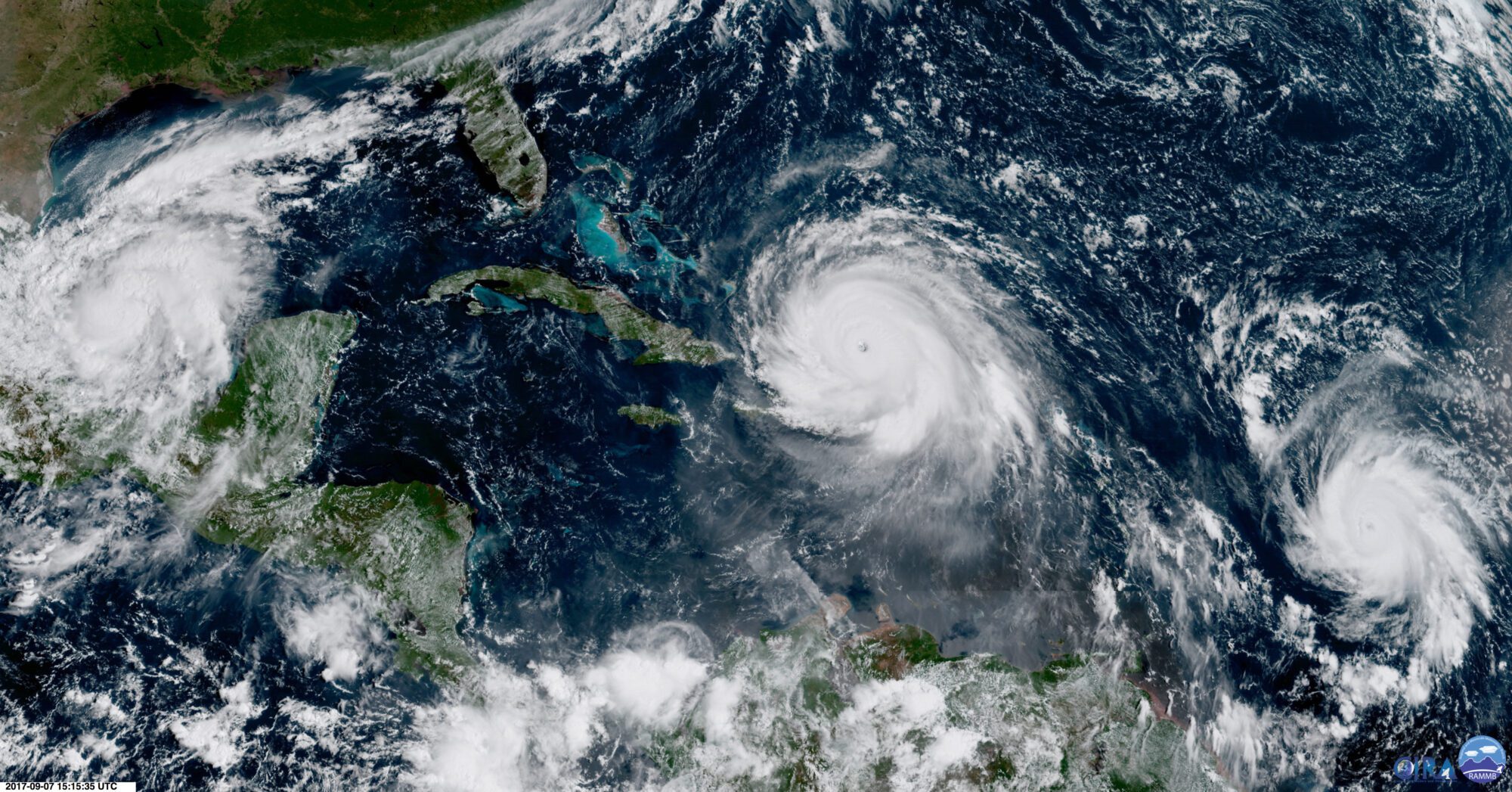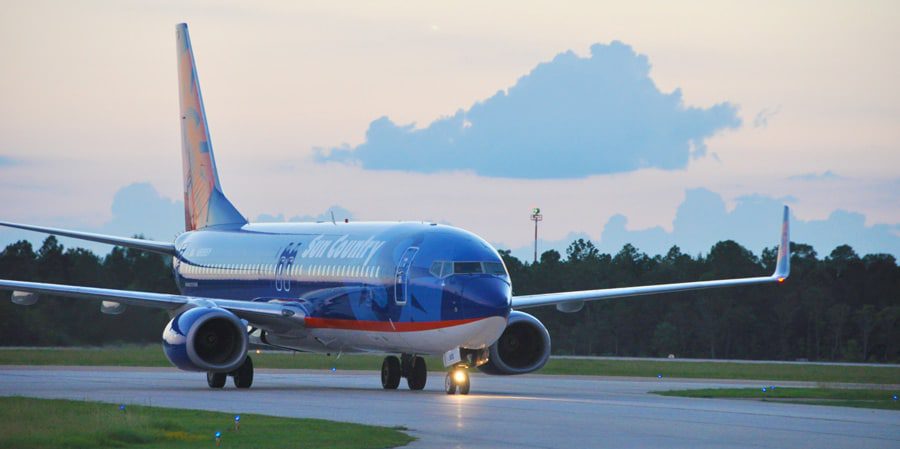RELEASE:
COCHRAN SEEKS GUIDANCE ON ACCELERATING NAVAL AMPHIBIOUS COMBAT SHIP CONSTRUCTION
Navy Secretary, Chief of Naval Operations Affirm Importance of Mississippi Shipbuilding to Navy & Marine Corps
WASHINGTON, D.C. – U.S. Senator Thad Cochran (R-Miss.), chairman of the Senate Appropriations Committee and its Subcommittee on Defense, today sought guidance on the potential benefits of accelerating construction on the next class of amphibious ships for the Navy and Marine Corps.
Cochran today chaired a Senate Defense Appropriations Subcommittee hearing to review the FY2017 budget request for the U.S. Navy and Marine Corps. The subcommittee last year provided funding to complete the 12th and final LPD San Antonio-class ship, setting the stage for transition to the LX(R) line of amphibious-dock landing ships.
“There have been discussions about possibly accelerating contracts on the new class of amphibious combat ships needed by the Navy and Marine Corps. We need to know the extent to which we can do that within the constraints of the budget and whether that is a good strategy or not,” Cochran said. “Our goal should be to make this process as efficient and economical as possible.”
The Navy and U.S. Marine Corps in 2014 entered into a memorandum of understanding to base the LX(R) design on the existing San Antonio-class LPD amphibious warship built at the Pascagoula shipyard. While the Navy would like to procure the first LX(R) ship in 2020-four years after final LPD-28 funding-there are considerations for accelerating procurement of this new class of ships to as early as 2018.
Secretary of the Navy Ray Mabus testified as to the cost and time benefits of using the 12th LPD funded by the Congress as “a bridge” between the old and new classes of amphibious warships. He said the amphibious ships being built in Pascagoula and Mobile “are the types of ships we desperately need.”
“Because we’ve made the decision to build it on the same hull form, we believe we can build these faster, cheaper and get them to the Marines faster because they need this additional amphibious shipping,” Mabus said.
Admiral John M. Richardson, Chief of Naval Operations, praised the capabilities of the shipbuilding workforce in Pascagoula, saying that they “are also workers who are hungry to drive every cost out of the program and they are just magnificent. And the degree to which they’ve recovered from Katrina is astounding, a tale of heroism and perseverance.”
Today, there are roughly 30 ships in the Navy’s amphibious fleet, well below a 38-ship amphibious force requirement.
The FY2016 Consolidated Appropriations Act, which was signed into law in December, provided $18.7 billion for shipbuilding programs, a $2.1 billion increase over the budget request, to fund the 12th LPD and other Navy shipbuilding requirements. Congress also provided $250 million in advanced procurement funding to accelerate delivery of the LX(R) class warship.
The FY2017 budget requests $18.4 billion for Navy shipbuilding, including two Virginia class submarines, two DDG-51 destroyers, two Littoral Combat Ships (LCS), and one Amphibious Warfare Assault Ship (LHA).
3/2/16







